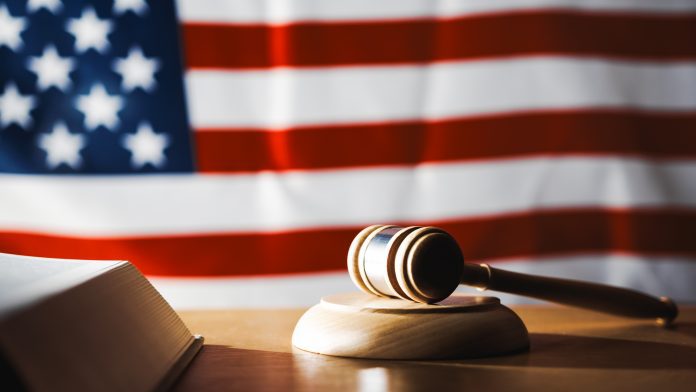The U.S. Supreme Court’s 6-3 decision in June to overturn the 1984 Chevron deference doctrine significantly reduces the authority of federal agencies. The Chevron deference had required courts to defer to federal agencies’ expertise when interpreting ambiguous statutes. This ruling is expected to limit the power of agencies such as the Environmental Protection Agency (EPA) and the National Highway Traffic Safety Administration (NHTSA), encouraging litigation against existing rulemaking. However, automotive regulators might be better positioned to withstand these challenges due to their history of legal compromises and the nature of their regulatory mandates.
Automotive regulators, particularly the EPA and NHTSA, have frequently compromised with the industry on influential standards. For example, after industry objections, the EPA relaxed its proposed tailpipe emissions rule in March, and NHTSA significantly scaled back its Corporate Average Fuel Economy (CAFE) standards in June amid similar concerns. This tendency to work closely with industry and adjust regulations based on feedback could mitigate the impact of the Supreme Court’s decision.
According to Robin Kundis Craig, a University of Kansas School of Law professor, the overturning of Chevron may not drastically affect the EPA’s ambitious programs since the agency has already dealt with a non-deferential court. Similarly, Alexandra Grose, senior policy counsel at Consumer Reports, noted that compromises between agencies and industry might reduce the likelihood of litigation.
The Supreme Court’s decision to overturn Chevron means that previous rulings based on the doctrine remain intact, but new regulations lacking explicit Congressional backing could face challenges. Chief Justice John Roberts declared, “Courts must not defer to an agency’s interpretation of the law simply because a statute is ambiguous.” Meanwhile, Justice Elena Kagan cautioned in her dissent that courts would now wield more power when Congress leaves interpretive discretion.
Despite these challenges, the EPA and NHTSA are on relatively solid legal footing due to the statutes governing their rulemaking. The Clean Air Act, which authorizes the EPA to regulate tailpipe emissions, is broad and ambiguous, potentially putting the agency at higher risk of legal challenges. Conversely, the Energy Policy and Conservation Act of 1975, requiring NHTSA to set CAFE standards, is more direct and less likely to be successfully challenged.
Experts highlight that the EPA is meticulous in ensuring the legality of its rulemaking, often avoiding reliance on ambiguous authorities like Chevron. This meticulous approach could help the agency navigate the new legal landscape.
In June, NHTSA finalized CAFE standards with a target of 50.4 mpg for cars and light trucks by the 2031 model year, down from an initially proposed 58 mpg for the 2032 model year. The EPA estimates that under its final rule, electric vehicles will constitute 30 to 56 percent of light-vehicle sales for the 2030-32 model years. However, with the EPA rule now on shakier legal ground, some experts are concerned that the CAFE standards may not be robust enough to drive significant improvements in efficiency and electrification.
Chris Harto, senior policy analyst at Consumer Reports, expressed concern that while CAFE standards will push some fleet improvement, the rate of required improvement would decline, especially if these standards become the binding rule without the support of stronger EPA regulations.
The Supreme Court’s ruling marks a significant shift in the regulatory landscape, challenging federal agencies to adapt. Automotive regulators, however, may have an advantage due to their historical compromises with industry and the solid statutory basis for their regulations.



